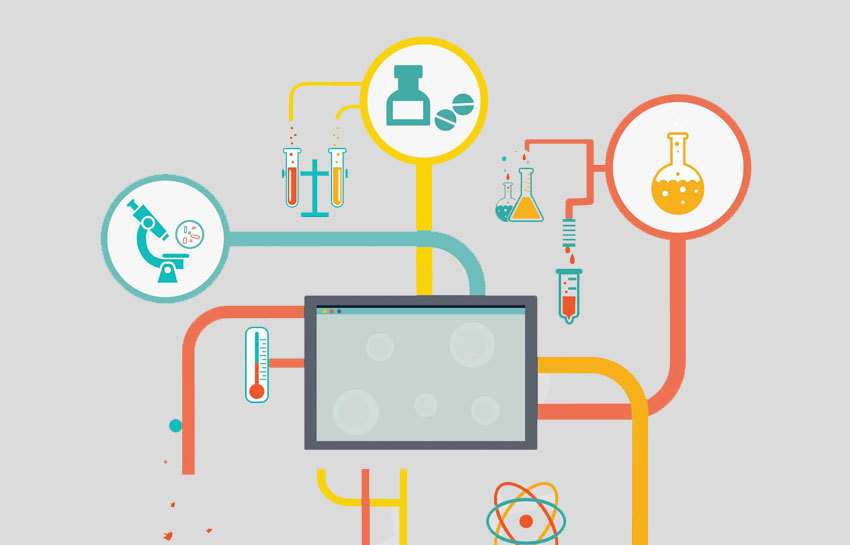
5 Key Takeaways From EQUATES
5 Key Takeaways From EQUATES
EPA's Air QUAlity TimE Series Project (EQUATES) has developed a set of modeled meteorological, emissions, air quality, and pollutant deposition from 2002 to 2017 (18 years). Epidemiologists and ecologists use air quality and deposition data to research decadal trends in pollution and how air quality affects health. The September EQUATES webinar explored insights into air quality and pollutant depositions, modeled meteorology, and emissions from the 18 between 2002 and 2017 related to the EQUATES datasets. This article will then take five critical points from that webinar and discuss how they impact various industries.
What is the Difference Between CMAQ and EQUATES?
Previously, epidemiologists have been using the Community Multiscale Air Quality modeling system (CMAQ) to understand local and global air quality trends. Researchers used CMAQ to estimate atmospheric concentrations and deposition for several types of chemicals, such as ozone, PM2.5, and their constituents. It is also used to estimate sulfur and nitrogen species deposition in the atmosphere. EQUATES is superior to the previous CMAQ time series in that it offers a unified set of modeling data aimed at doing the following:
- Minimize artificial step changes in model estimates related to variations in methodology. The methodology includes model versions, input data, and processing methods.
- Provide epidemiologists with critical information on new trends in criteria pollutants, such as ozone and nitrogen oxides.
- Provide researchers with data on deposition trends for EPA's EnviroAtlas and the NADP TDep maps and grids that support critical studies and pollutant assessments.
- Facilitate a top-notch diagnostic model evaluation that offers consistent modeling data.
- Share modeling datasets on a public online platform to allow EPA collaborators and other researchers to leverage the modeling products in their work
5 Key Takeaways From EQUATES Webinar
The following are the five key points from the EQUATES online seminar:
Steps to Download EQUATES Data
EQUATES modeling datasets are a package designed to meet the needs of various collaborators. One can easily download the data from the CMAS Data Warehouse. EQUATES data is also available to download and visualize from EPA's Remote Sensing Information Gateway (RSIG).
Model Domains
EQUATES data modeling focused on two domains: the contiguous U.S. (CONUS) 12-km domain ("12US1") and the Northern Hemisphere 108-km domain ("108NHEMI"). The 108NHEM CMAQ simulations provided outputs related to boundary conditions for the 12US1 CMAQ simulations. This method enables consistent modeling of meteorology and chemistry at both regional and global scales.
Meteorology Modeling
Researchers leveraged version 4.1.1 of the Weather Research and Forecasting (WRF) to perform meteorology modeling for the 12US1 and 108NHEMI domains. They assessed the WRF simulations against observation from the Meteorological Assimilation and Data Ingest System (MADIS) of the National Oceanic and Atmospheric Administration (NOAA). Researchers also evaluated the upper air meteorology against the global radiosonde measurements. The results revealed the performance of WRFv4.1.1 was better than previous model versions. The WRF simulations narrowed down the overestimation of precipitation at high elevation locations that previous WRF versions gave.
Emissions Modeling
Previous CMAQ simulations leveraged emissions datasets from multiple National Emissions Inventories (NEIs). Some used a base year NEI to arrive at emission estimates for other years. EQUATES generated emission data using consistent input data and methods that cut across all the studied years. This approach eliminates artificial step changes in emissions and air quality estimates related to the changes in methodology that don't give an accurate picture of real-time world phenomena.
CMAQ Modeling
Compared to the modeling done for past CMAQ time series, air quality modeling for EQUATES is based on CMAQv5.3.2. This series includes comprehensive science updates to enhance estimating trends in pollutants. Ideally, the past MAQ time series primarily relied on CMAQv5.0.2. The shift from CMAQv5.0.2 to CMAQv5.3.2 has greatly improved model estimations by reducing the high winter bias and low summer bias in the CMAQv5.0.2 time series.
Aegex Technology Provides Digitization Tools to Detect Emissions
The EPA's EQUATES online seminar provides great insights that help stakeholders better understand the impact of industry-related emissions on the atmosphere. The modeled datasets offer an understanding to help the oil and gas industry formulate strategies to improve the current local and global air quality by cutting emissions.
You can leverage the digitization tools offered by Aegex Technologies to detect, monitor, and measure fugitive emissions in your operations. You can also leverage Aegex digital tools and solutions to streamline your predictive maintenance strategies and reduce emissions in the supply chain systems and assets. Contact us today to learn more.
